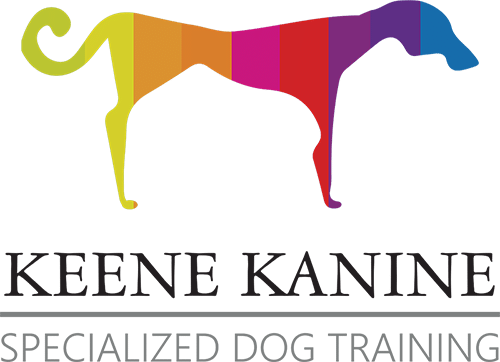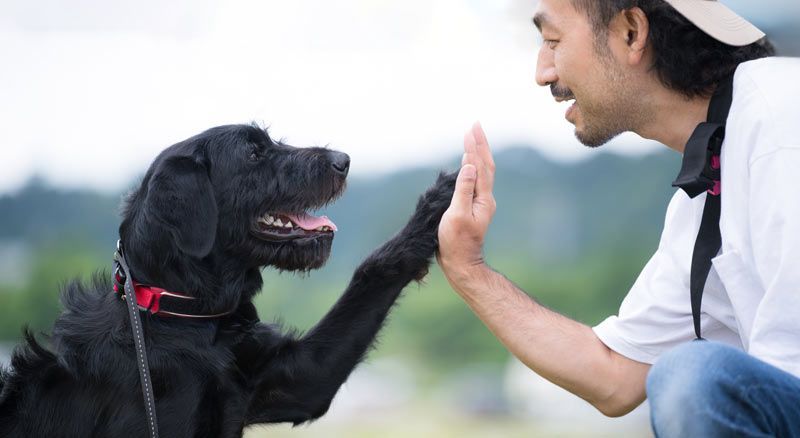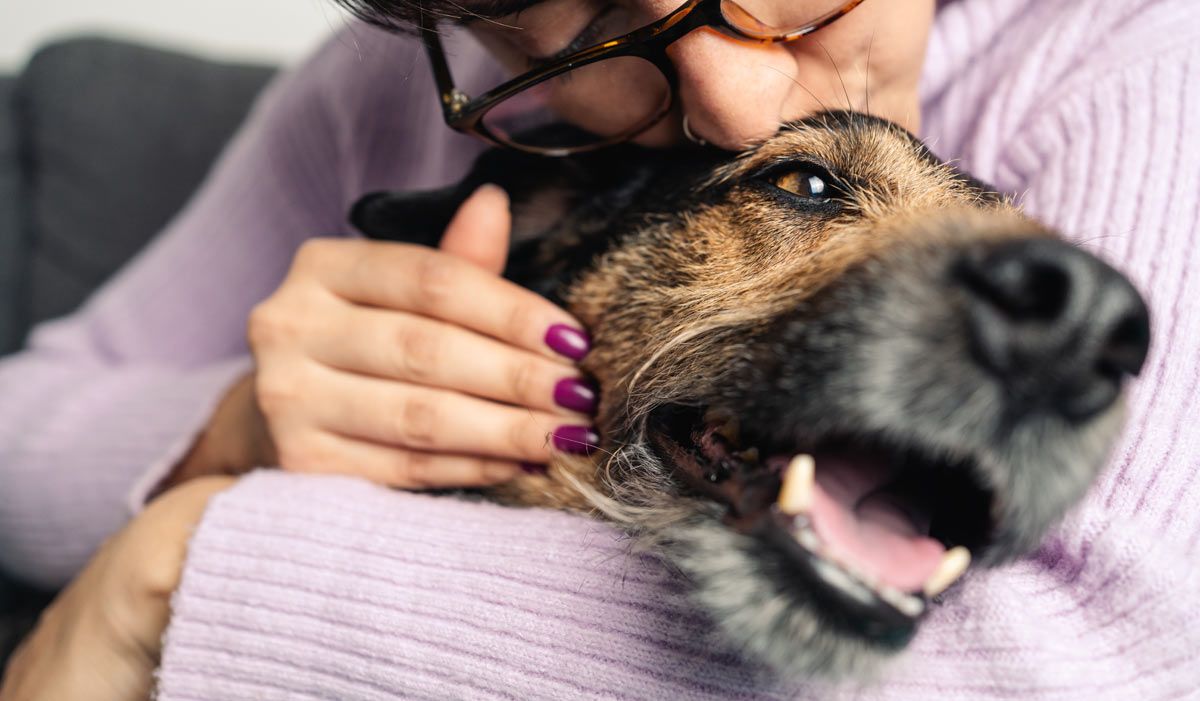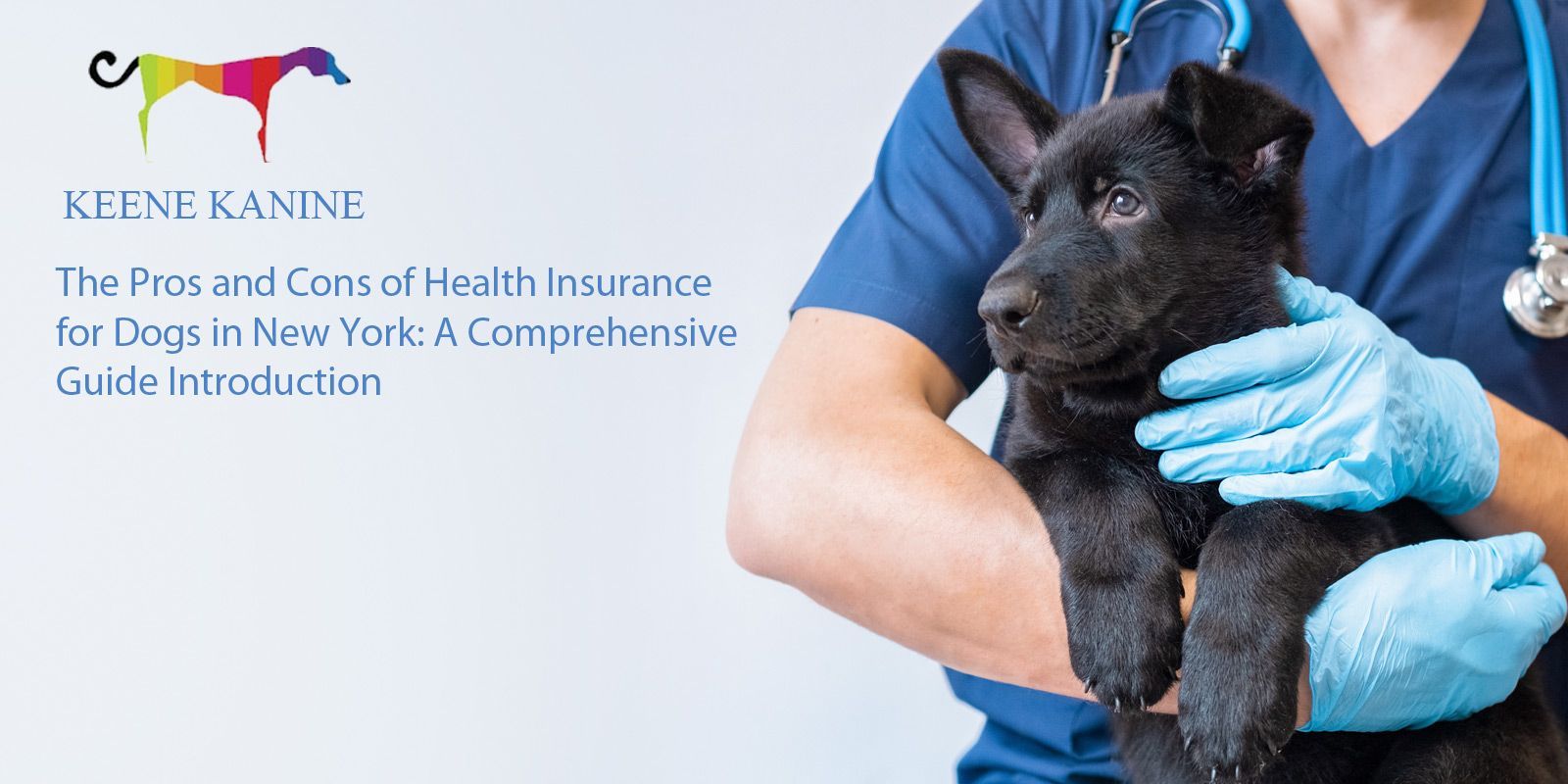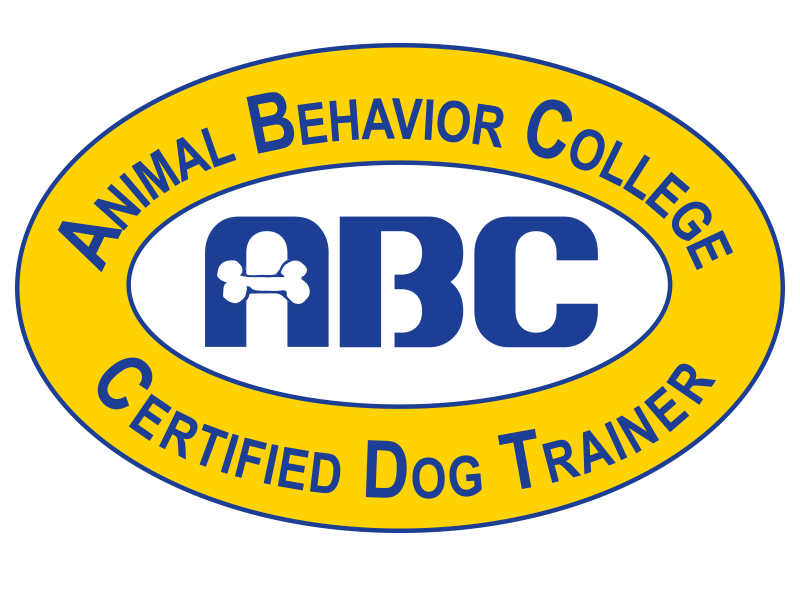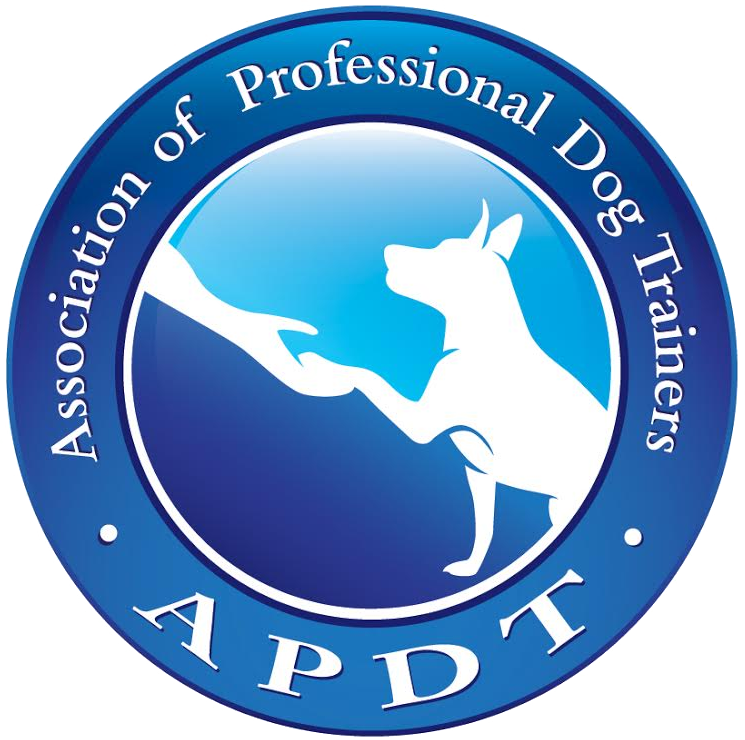Understanding Dog Behavior: What Your Dog Is Trying to Tell You

Improve Your Dog's Behavior by Understanding How They Are Trying to Communicate with You by Maureen Keene, Leading Dod Trainer
Dogs are often considered man's best friend, and for good reason. They possess a remarkable ability to bond with humans, offering companionship, loyalty, and love. However, to strengthen that bond, dog owners need to understand dog behavior and communication. Dogs communicate primarily through body language, vocalizations, and facial expressions. By learning to interpret these signals, you can better respond to your dog's needs, reassuring them while building a deeper connection. This insightful exploration will delve into the nuances of dog body language, helping you understand what your dog is trying to tell you.
The Basics of Dog Communication
While dogs cannot speak human languages, they communicate effectively through various means. The foundation of dog communication lies in their body language, which is a complex system of signals. Understanding these signals can provide insight into your dog's emotional state. Dogs use their bodies—their posture, tail position, and facial expressions—to convey messages.
Vocalizations, such as barking, whining, growling, and howling, complement body language and offer additional context. Each sound has a different meaning based on tone, frequency, and context. When combined with visual cues, these sounds can help you understand what your dog is feeling or trying to express.
Body Language: The Key to Understanding
One of the most crucial aspects of understanding dog behavior is recognizing body language. Many elements come into play, including posture, tail positioning, and facial expressions. Each of these elements provides valuable information about your dog's current emotional state.
For instance, the positioning of a dog's tail can indicate a wide range of feelings. A relaxed, wagging tail generally signifies happiness or excitement, while a stiff, upright tail can indicate alertness or aggression. Conversely, a lowered tail may suggest submission, fear, or insecurity. It's important to consider the overall context rather than focusing on just one aspect of their body language.
Posture is another essential cue. A confident dog may stand tall with an upright head and relaxed body, while a fearful dog may crouch down, tuck their tail, and avoid eye contact. Understanding the differences in these postures can help you respond appropriately to your dog's feelings.
Facial expressions also play a significant role in communication. A relaxed mouth, soft eyes, and relaxed ears often indicate that your dog is calm and comfortable. In contrast, bared teeth, raised hackles, and intense staring can indicate discomfort, fear, or aggression. Familiarizing yourself with these subtle nuances allows you to gauge your dog's emotional state better.
Playful vs. Aggressive Behavior
Understanding the difference between playful and aggressive behavior is crucial for dog owners, especially when introducing dogs to new environments or other dogs. During play, dogs exhibit specific behaviors such as bowing (with their front legs extended and rear end raised), exaggerated movements, and playful barking. These behaviors signify that they are engaged in a friendly interaction and are inviting others to join.
Aggressive behavior, however, often presents itself through stiff body language, growling, raised hackles, and direct eye contact. Recognizing these signs is vital for ensuring the safety of your dog, other dogs, and any humans involved. If you notice aggressive behavior, it's essential to intervene as needed to prevent escalation.
Understanding the context is key. Sometimes, a dog may appear aggressive when they feels threatened or fears for their safety. Being aware of your dog's body language in various situations will help you to respond accordingly and create a safe environment.
The Role of Vocalizations in Communication
In addition to body language, vocalizations play a significant role in how dogs communicate their feelings or needs. Different barks can indicate various emotions. A short, sharp bark may signal excitement or attention-seeking, while a series of low, growling barks could indicate warning or aggression.
Whining often expresses distress or pleading, whether your dog wants attention or is anxious about a situation. If a dog is consistently whining, it's essential to assess the context to address any underlying needs, such as needing to go outside or feeling lonely.
Howling is another vocalization that dogs use, often to communicate with others or as a response to certain sounds, such as sirens. While howling is a natural behavior, excessive howling can signal boredom or loneliness. Recognizing the meaning behind these vocalizations will allow you to respond appropriately to your dog's needs.
Stress Signals and Anxiety
Every dog can experience stress, and understanding how to recognize these signals is crucial for promoting their well-being. Common signs of stress include pacing, excessive grooming, drooling, panting, and a lowered posture. If your dog exhibits any of these behaviors, it may indicate that they are feeling anxious or overwhelmed by their environment.
Other signs may include avoidance behaviors, such as hiding or trying to escape a stressful situation. In such cases, it's essential to create a safe environment where your dog can retreat and feel secure. Providing a comfortable space, such as a cozy bed or crate, can help alleviate anxiety and offer a sense of security.
Moreover, it is important to identify the specific triggers that cause stress. These could range from loud noises, unfamiliar people, or changes in routine. Once you identify these triggers, you can work on desensitizing your dog to the stressor or providing positive reinforcement to create a more enjoyable experience.
Building Trust and Communication
The relationship between you and your dog is built on trust, and understanding their behavior is a vital part of nurturing that trust. When you respond appropriately to your dog's signals, you reinforce open communication, allowing them to feel more secure in your presence. Spend quality time together through play and training, using positive reinforcement to encourage good behaviors.
Establishing consistent routines provides dogs with a sense of stability and predictability. Knowing when to expect walks, feeding, and playtime helps reduce anxiety and enhances the trust between you and your pet. Additionally, take the time to assess your dog's comfort levels in new situations and environments, allowing them to acclimate at their own pace.
Conclusion
Understanding dog behavior and communication is an invaluable skill that strengthens the bond between you and your furry friend. By familiarizing yourself with their body language, vocalizations, and stress signals, you empower yourself to respond to their needs effectively. In turn, this understanding leads to a happier, healthier dog and a more fulfilling companionship.
Investing time in observing your dog's behavior pays off in cultivating a strong relationship built on trust, communication, and mutual respect. Ultimately, the more you learn about your dog, the better equipped you are to provide them with the love and care they deserve. Embrace this journey of understanding, and your bond with your dog will flourish for years to come.

